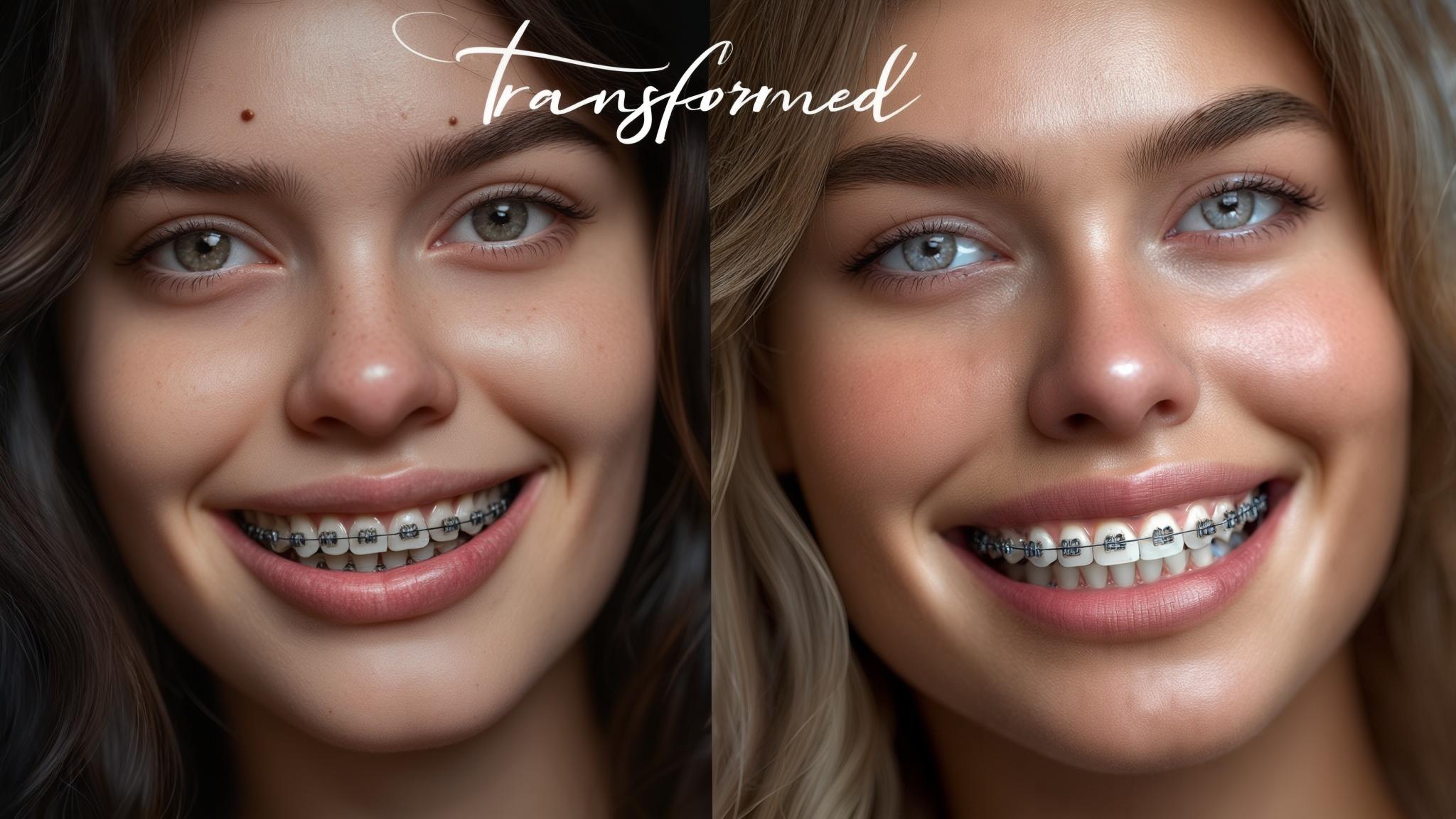I. Understanding Orthodontics and Facial Aesthetics
Orthodontics is a specialized branch of dentistry that focuses on diagnosing, preventing, and correcting misaligned teeth and jaws. This field has evolved significantly since its inception in the early 20th century, when Edward Angle, often considered the father of modern orthodontics, developed the first classification system for malocclusions. Today, orthodontics is not just about straightening teeth; it's about enhancing the overall harmony of the face.
Facial aesthetics play a crucial role in our lives, influencing self-esteem and social interactions. A well-aligned smile can make a significant difference in how we perceive ourselves and how others perceive us. Dental alignment is a key component of facial appearance, affecting everything from the symmetry of our smile to the fullness of our lips.
II. The Relationship Between Teeth and Facial Aesthetics
A. How Teeth Influence Facial Structure
Teeth have a profound impact on the structure of our face. Proper dental alignment can enhance the jawline and chin, creating a more balanced and attractive profile. For instance, when teeth are aligned correctly, they support the lips, contributing to a fuller and more youthful appearance. Conversely, misaligned teeth can lead to a recessed chin or an exaggerated jawline, altering the natural contours of the face.
B. The Role of Occlusion
Occlusion refers to the way teeth fit together when the jaws close. It is a critical aspect of facial aesthetics, as it influences the symmetry and balance of the face. When teeth are misaligned, it can lead to facial asymmetry, where one side of the face appears different from the other. Correcting occlusion through orthodontic treatment can restore facial harmony and improve overall aesthetics.
III. Common Orthodontic Issues and Their Aesthetic Implications
A. Crowding
Crowding occurs when there is not enough space in the jaw for all the teeth to fit properly, causing them to overlap. This can lead to a crooked smile and affect the symmetry of the face. Orthodontic treatments, like braces or clear aligners, can gradually move teeth into their correct positions, enhancing both the smile and facial balance.
B. Gaps and Spacing
Gaps between teeth, known as diastemas, can disrupt the flow of a smile and alter facial aesthetics. These gaps can be closed using orthodontic methods such as braces or aligners, which bring the teeth closer together, creating a more cohesive and attractive smile.
C. Overbite and Underbite
An overbite occurs when the upper teeth significantly overlap the lower teeth, while an underbite is when the lower teeth extend beyond the upper teeth. Both conditions can affect facial proportions, making the chin appear either too prominent or too recessed. Orthodontic treatments can correct these issues, resulting in a more balanced and aesthetically pleasing facial profile.
IV. Orthodontic Treatments and Their Impact on Facial Aesthetics
A. Traditional Braces
Traditional braces use metal brackets and wires to gradually move teeth into their desired positions. While they are often associated with a "metal mouth" look, the long-term aesthetic improvements are worth the temporary inconvenience. Braces can significantly enhance facial aesthetics by aligning the teeth and improving jaw function.
B. Clear Aligners
Clear aligners, such as Invisalign, offer a discreet alternative to traditional braces. They are custom-made, removable trays that fit over the teeth, gently shifting them into place. Clear aligners are popular for their aesthetic advantages, as they are nearly invisible and allow for easy maintenance of oral hygiene.
C. Other Orthodontic Appliances
In addition to braces and aligners, other appliances like retainers and expanders play a vital role in orthodontic treatment. Retainers help maintain the position of teeth after braces, while expanders can widen the jaw to create more space. These appliances contribute to improved facial aesthetics by ensuring the teeth remain in their optimal positions.
V. Psychological and Social Effects of Orthodontic Treatment
A. Boost in Self-Confidence
Straight teeth can lead to a significant boost in self-confidence. Many patients report feeling more self-assured and comfortable in social situations after completing orthodontic treatment. Studies have shown that individuals with straight teeth are often perceived as more successful, approachable, and attractive.
B. Social Perceptions
Society often equates straight teeth with health and beauty. As a result, people who undergo orthodontic treatment may experience improved social interactions and perceptions. A well-aligned smile can open doors to new opportunities and positively impact personal and professional relationships.
VI. Conclusion
Orthodontics plays a vital role in enhancing facial aesthetics and boosting self-esteem. By correcting dental misalignments, orthodontic treatments not only improve oral health but also contribute to a more balanced and attractive facial appearance. For those considering orthodontic treatment, the long-term benefits for both dental health and facial aesthetics are well worth the investment. Consulting with a professional orthodontist can provide personalized solutions to achieve the smile and facial harmony you desire.
VII. References
- "Orthodontics: Current Principles and Techniques" by Lee W. Graber
- "The Psychology of Facial Appearance" by David Perrett
- "Orthodontic Treatment and Facial Aesthetics" by Dr. John Mew
For further reading, these resources offer in-depth insights into the relationship between orthodontics and facial aesthetics.

